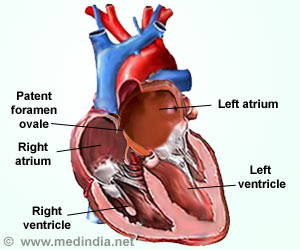
‘The communication technology is available, for teams from different labs and different countries to join efforts and apply new forms of grassroots collaborative research in brain science.’
Tweet it Now
The time is ripe, the communication technology is available, for
teams from different labs and different countries to join efforts and
apply new forms of grassroots collaborative research in brain science.
This is the right way to gradually upscale the study of the brain so as
to usher it into the era of Big Science, claim neuroscientists in
Portugal, Switzerland and the United Kingdom. And they are already
putting ideas into action.The plan now proposed by Zach Mainen, director of research at the Champalimaud Center for the Unknown, in Lisbon, Portugal; Michael Häusser, professor of Neuroscience at University College London, United Kingdom; and Alexandre Pouget, professor of neuroscience at the University of Geneva, Switzerland, is inspired by the way particle physics teams nowadays mount their huge accelerator experiments to discover new subatomic particles and ultimately to understand the evolution of the Universe.
"Some very large physics collaborations have precise goals and are self-organized", says Zach Mainen. More specifically, his model is the ATLAS experiment at the European Laboratory of Particle Physics (CERN, near Geneva), which includes nearly 3,000 scientists from tens of countries and was able (together with its "sister" experiment, CMS) to announce the discovery of the long-sought Higgs boson in July 2012.
Although the size of the teams involved in neuroscience may not be nearly comparable to the CERN teams, the collaborative principles should be very similar, according to Zach Mainen. "What we propose is very much in the physics style, a kind of 'Grand Unified Theory' of brain research, he says. "Can we do it? Clearly, it's not going to happen within five years, but we do have theories that need to be tested, and the underlying principles of how to do it will be much the same as in physics."
To help push neuroscience research to take the leap into the future, the three neuroscientists propose some simple principles, at least in theory: "focus on a single brain function"; "combine experimentalists and theorists"; "standardize tools and methods"; "share data"; "assign credit in new ways". And one of the fundamental premises to make this possible is to "engender a sphere of trust within which it is safe [to share] data, resources and plans", they write.
Advertisement
"We have a group of 20 researchers (10 theorists and 10 experimentalists), about half in the US and half in the UK, Switzerland and Portugal" says Zach Mainen. The group will focus on only one well-defined goal: the foraging behavior for food and water resources in the mouse, recording activity from as much of the brain as possible - at least several dozen brain areas.
Advertisement
Source-Eurekalert












